Still deciding on whether to get clear teeth aligners or braces? You’ve come to the right place!
In my years of practice, I have used both Invisalign and braces on my Singaporean patients. I have also experienced using both braces as a treatment for my misaligned teeth. Let me indulge you with my personal opinion and, hopefully, by the end of this article lead you to the right choice suited for your dental condition.
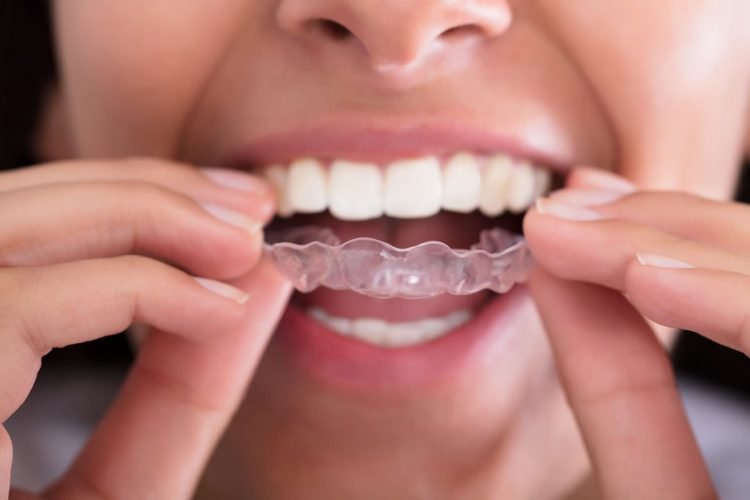
Close-up Of Woman’s Hand Putting Transparent Aligner In Teeth
Which types of teeth misalignment do Invisalign efficiently target?
All throughout the duration of my orthodontic practice I have received questions from patients asking about the kind of dental condition that Invisalign is suited for.
I tell my patients that Invisalign’s aptness is hinged on a dental practitioner’s skill and the variants attributing to a client’s biology.
Below is a list of conditions that Invisalign addresses efficiently:
- Crossbite;
- Crowding;
- Gapped teeth;
- Open bite;
- Overbite;
- Underbite.
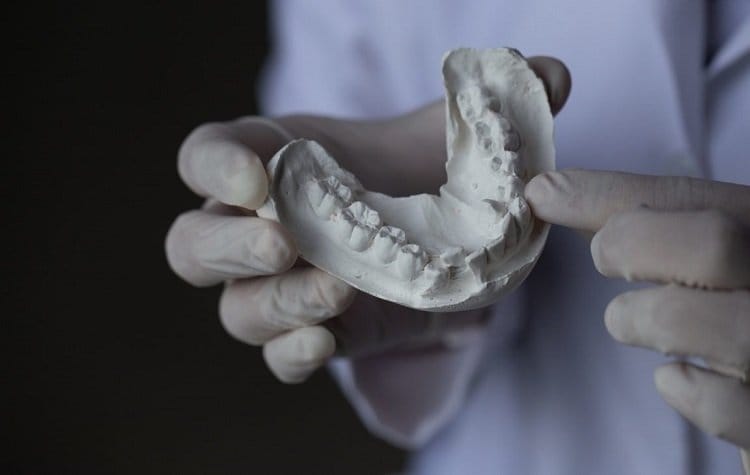
What is my personal preference?
Although there are many kinds of braces, Invisalign takes the trophy for me. This product has been in the market for a long time and is backed by 20 years of clinical research, in addition to patents totalling to 700. The facts known about Invisalign have been collated from more than 5 million cases chronicled by dental professionals.
Furthermore, the proven track record of Invisalign makes me confident of recommending this treatment to my patients. I highly endorse this treatment for patients who have complex teeth conditions and wish to wear aligners in a quick amount of time.
How do I differentiate braces from Invisalign?
Let’s differentiate braces and Invisalign in three features: colour, comfort, and material.
Invisalign
Colour: Invisalign is designed to be clear and invisible.
Comfort: No sign of discomfort as the aligners do not affect the mouth’s gums.
Material: Invisalign uses SmartTrack, a thermoplastic material that has been patented
by their company.
Braces
Colour: Braces are usually silver in colour. For variety, one may opt for ceramic braces,
which is enamel in colour.
Comfort: The metal and wires can cause some abrasions or scrapes on the inner cheeks as the braces tend to rub against the flesh inside the mouth.
Material: Stainless steel (medical grade).
I can say that the obvious distinction between braces and Invisalign is the material that is utilized to produce the teeth aligners.
Metal braces use stainless wires and brackets that are attached to the teeth and tightened for alignment. This can cause some pain and slight injuries to the mouth, especially after adjustments. Invisalign, on the other hand, uses a transparent thermoplastic material, which is customized according to a patient’s condition. Invisalign promises less discomfort as this kind of aligners is gentler towards the inner parts of the mouth’s flesh and do not come in contact with the gums.
What can I expect from Invisalign?
- Invisalign is almost invisible! Patients who wish to achieve straight teeth in a subtle manner usually turn to Invisalign due to its nearly invisible feature.
- Invisalign is user-friendly! As previously mentioned, Invisalign is easily placed and removed from the teeth. Eating and oral care will not bring you a splitting headache. There is no need for you to follow any diet restrictions, well except if you plan to lose weight!
- Invisalign lessens those visits to the orthodontist! Since Invisalign does not use wires or brackets, this means that you get to see less of your doctor, as there is no need for monthly adjustments or tightening to your aligners.

Which of the two, braces or Invisalign, is best suited for me?
The condition of a patient’s teeth differs from person to person. By now you may have an idea of what will suit you best based on the positive and negative feedbacks we’ve laid out regarding each aligner’s colour, comfort, cost, and material.
However, I must point out two additional considerations for you to ponder on:
Cost
Budget-wise, metal braces are much favourable when you do not wish to spend a lot of money. Students, for example, choose metal braces as treatment as this is inexpensive.
For working professionals, Invisalign is a popular option because it is simpler to use and attracts less attention. Invisalign users can quickly pull the aligners out if they feel like they get in the way of their work or other undertakings (e.g. meeting clients, recreational activities). Another option similar to Invisalign when it comes to its almost invisible feature are ceramic braces.
Do note that metal braces cost less compared to a treatment of Invisalign that is usually 30% – 50% more expensive.
Discipline
To be able to achieve successful results, one must be committed to using Invisalign for 20 hours, at the very least, each day. This should follow the orthodontist’s prescribed duration for the treatment.
Here’s the tricky part. A set of Invisalign is newly replaced every two weeks. Should a patient fail to reach the recommended number of hours for the aligner’s wear per day, the use of Invisalign should be prolonged in the next 1 or 2 days prior to swapping the current aligners to the new pair. If this happens often, the time of the treatment may also extend.
In addition, if Invisalign is not used regularly the development of the teeth’s alignment may be affected. Any progress may be lost as there will be a tendency for the teeth to move back to their original positions. Some of my patients who had trouble with compelling themselves to use Invisalign as agreed ended up extending their treatments to as long as 3 to 4 years.
So, assess yourself. If you feel like you cannot commit to wearing Invisalign given the proposed treatment duration of your doctor then metal braces might be the best choice for you.
What is the process of starting Invisalign treatment in Singapore?
Consultation
Every treatment starts with a visit to your chosen orthodontist. During your first treatment session, your orthodontist will examine your teeth’s condition by taking photographs and x-rays. Following this is a discussion of what you will need for treatment and a recommendation of whether Invisalign is appropriate for you or not.
Treatment
Let’s say Invisalign is recommended for you. Hooray!
To start with your treatment, your orthodontist will proceed to make a 3D digital model of your dental condition. A 3D digital scan is done in order to produce the digital model of your aligners. With the use of any 3D digital scanner accepted by Invisalign, the exterior of your gums and teeth is obtained and forwarded to the company’s dental technicians in the United States for proper handling and production.
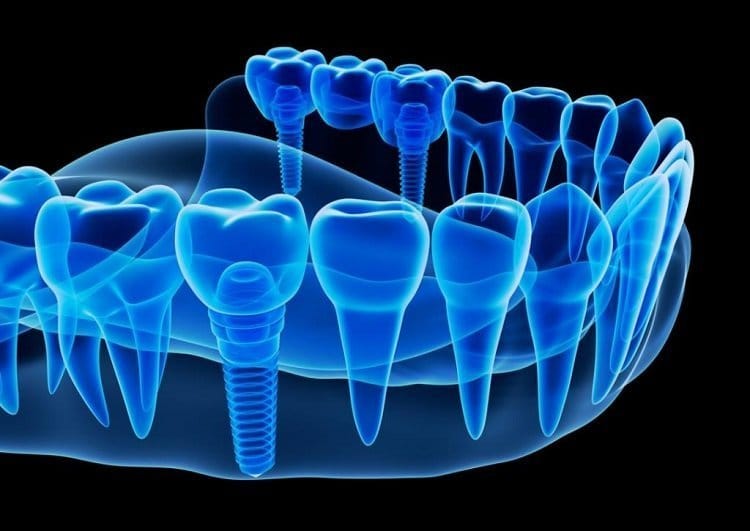
Your orthodontist and Invisalign’s technicians will work hand-in-hand to draft a treatment plan (ClinCheck plan). Dental assessments are crucial during this step. The treatment plan will include:
- The length of time needed for Invisalign use
- The rate of each tooth’s movements
- Structure
- The teeth’s precise movements
As soon as the plan is laid out, you will be able to anticipate how your teeth develop and straighten over time. Also, you can get a partial view of how your brand new smile will come out after a successful treatment.
Showtime!
The manufactured aligners customized according to your personal needs are then transported from overseas to your orthodontist’s clinic in Singapore. Your first pair of clear aligners will then be issued to you.
Your orthodontist will educate you on the basic guidelines on how to use Invisalign effectively and how to properly care for it.
Developments
A visit back to the dental clinic is scheduled at a gap of 6 to 10 weeks. During this time, your dentist will assess the development of your teeth.
To further impose improvement on your crooked teeth, dental elastic bands may be inserted for traction. Eventually, your teeth will gravitate to its perfect alignment.
There may be times when the progress of your treatment gets stalled along the process. Problems may arise as the intricacy of a person’s dental condition affects this. Your skilled doctor should be able to identify this during assessments and make sufficient corrections in order to put your treatment back in the right direction. When this happens, expect to undergo another scan and supplementary aligners inserted in your treatment plan. This normally carries out within 18 to 24 months prior to completion.
Smile!
Go ahead. Flash that smile!
Attaining that perfect smile is not the end of the treatment. Even after the aligners are gone, your orthodontist will require the use of retainers. These retainers will be customized according to your teeth’s misalignment, its natural growth outline, and other foreseen concerns.
The goal is to avoid your teeth in waning back to misalignment by using the retainers. Sadly, some patients neglect this aftercare procedure and wind-up undergoing another set of dental treatment to correct their teeth’s regression. The additional costs tend to wipe off the smiles on my patients’ faces.
What are the wrong notions Singaporeans have about Invisalign?
Most Singaporeans think that Invisalign is only for aesthetic use. More than giving the teeth a much pleasant look, patients who were able to successfully complete Invisalign treatment see other benefits such as:
- Prevention of teeth, gum, and another mouth disease. Because the teeth are aligned, they are easier to brush and floss.
- Elimination of jaw discomforts, teeth grinding, and challenges in verbal communication.
Invisalign not only improves the appearance of your teeth but also improves overall oral health, and deterrence of impending dental problems.
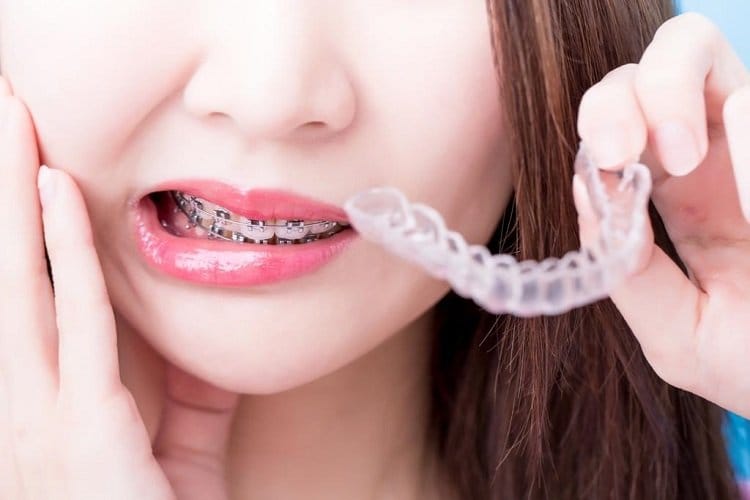
How does Invisalign’s scanning method work?
Dentistry in the digital age continues to improve together with technological advancements. Technologies on intra-oral scanning have seen drastic improvements.
3D scans of dental compositions produced in high imagery are then developed into 3D formats. Phases of the teeth’s progress in alignment basing on direction, movement, range, and pace may be managed by different existing software. These are all utilized well by Invisalign.
A dental image captured is then saved to a remote server. A technician then takes hold of this data for assessment and forwards it after to the manufacturing laboratories.
Because of these advancements in technology, the old school way of plaster moulding or storing of impressions in boxes for delivery has become outdated. You can expect your aligners to be fitted with precision and be able to carry out its purpose efficiently and quickly.
A downside to this advancement is that it is a bit pricey and only a few dental clinics in Singapore can afford them. A fallback to the basic methods of capturing dental impressions still proves to be accurate and good.
A scanning equipment called iTero Element™ is an intra-oral scanner that is new to the market. This boasts of facets that are able to instantly align teeth the very moment the scans are complete. Algorithms are used to be able to compute accurate results, just like what technicians are capable of doing.
As soon as the orthodontist is able to examine the figures, slight adjustments are made. After this, the scans then can provide the complete outcome. Your orthodontist may recommend and explain the need for the use of inter-proximal reductions and rubber bands along the process.
What should I expect when using Invisalign?
Expect that it will take some time for you to get used to wearing teeth aligners of any kind. Using Invisalign daily will need you to learn to adapt to some adjustments.
For instance, wearing or removing your aligners before and after you eat. It’s also important to have your toothpaste and toothbrush in tow wherever you go. This is to ensure that your teeth are always clean and free from any food particles when inserting the aligners back in their place.
You may have a bit of a challenge when speaking. The letters ‘f’ and ‘s’ may sound different when pronounced. Repeated practice of words with these letters may help improve the clarity of your pronunciation.
There are also other benefits that I have noted from my patients during their use of Invisalign. Better dental cleaning has become a habit of most of them. Others have turned their backs on unhealthy snacking, given that they need to remove and replace their aligners every after snack or meal.
During the course of your orthodontic treatment, your dentist may recommend attachments to be positioned on your teeth. Attachments are tiny, enamel-coloured bumps that function along with the aligners in straightening your teeth.
What is the usual cost of Invisalign in Singapore?
For a complete Invisalign treatment, be ready to shell out around $8,000 to $11,200. Are there other factors that influence the overall cost of Invisalign?
Two factors greatly influence the overall cost of Invisalign.
First: Your chosen dental practitioner.
Dental practitioners who specialize in orthodontics usually charge a bit more compared to others without this specific skill set. Orthodontists attend to further studies for 3 additional years. They also have much more experience in handling simple to complex teeth alignment cases.
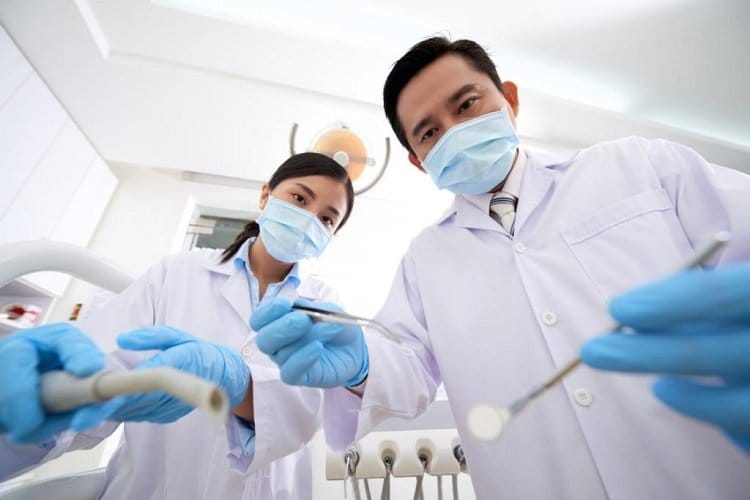
Second: Your dental condition.
Overall cost is computed after the final assessment of your teeth’s misalignment. Price would be affected by the simplicity or complexity of your teeth’s condition and the kind of treatment you are to undertake.
In conclusion, deciding whether to get Invisalign or metal braces will entail a lot of considerations. Be sure to evaluate yourself based on your daily habits, work routines, diet, extra-curricular activities, financial capacity, and dental needs. You may also find other advice from users in blogs or forums, but be sure to clarify opinions with a dental professional prior to getting your treatment.
Let’s not forget your orthodontist! Their knowledge about this topic is highly valuable. Put your confidence in their expertise!
I hope that the information I have provided here would be able to help ease your uncertainties about getting the suitable aligners. May your road to achieving your perfectly straight teeth be seamless!

